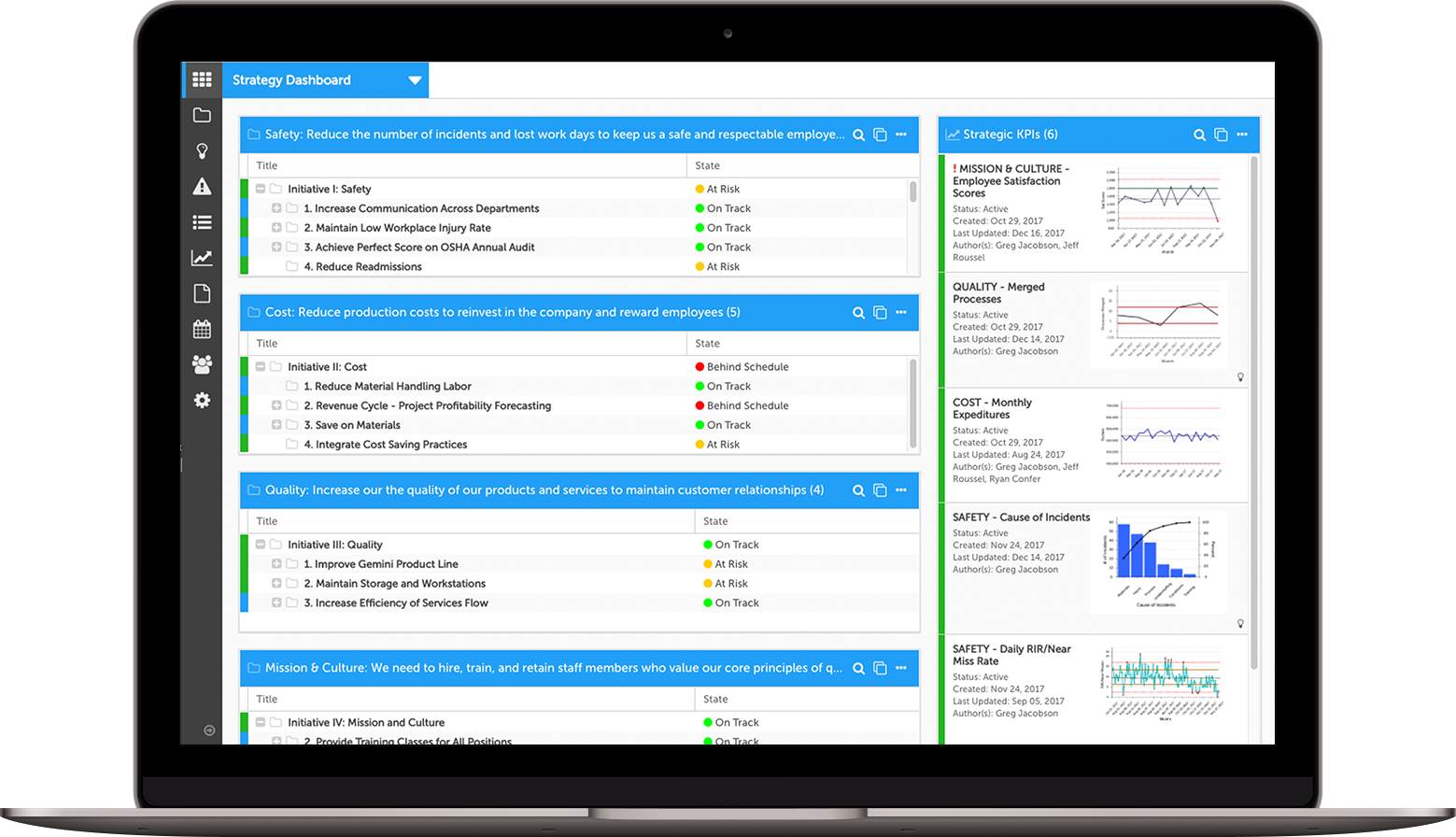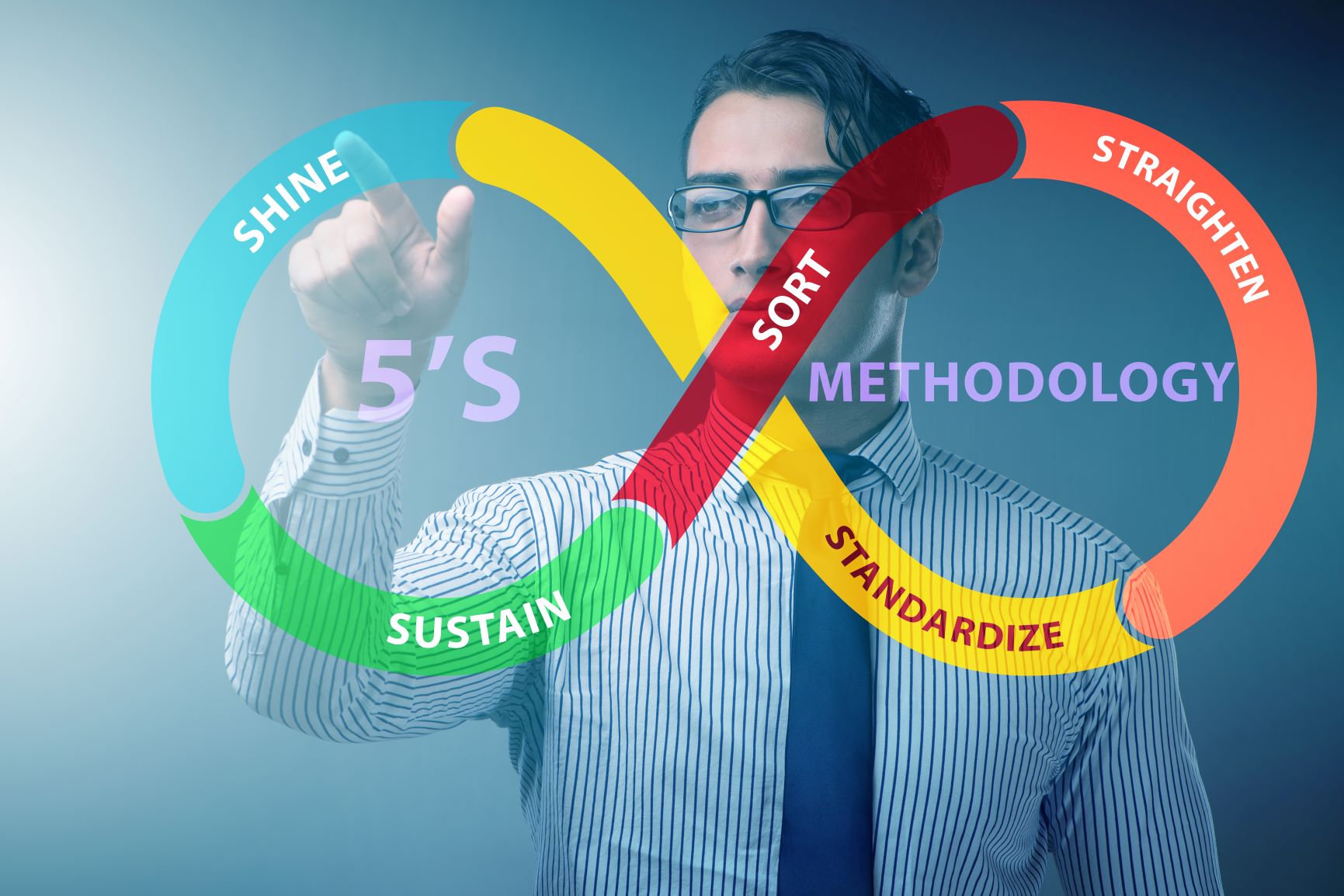What is Kaizen? Everything Your Team Needs to Know
February 2, 2022In 1986, Masaaki Imai introduced the world to the philosophy and practice of Kaizen in his book Kaizen, The Key to Japan’s Competitive...
11 Fundamental Kaizen Principles
February 22, 2021In Japanese, the word Kaizen means "good change." It describes the continuous improvement of all functions of an organization across the...
Software's Role In Measuring Continuous Improvement
February 15, 2021The most common way organizations manage continuous improvement is with an assortment of improvement tools, spreadsheets, and email. We...
How to Improve Business Processes with Kaizen
February 1, 2021Most organizations don't have a single solution for addressing all business process hurdles. Even those that spend time and money managing...
How Software Supports 10 Popular Improvement Techniques
December 28, 2020Organizations that adopt the continuous improvement approach to business management have many tools and techniques at their disposal. Some...
Kaizen Thinking: 4 Ideas to Shape Your Outlook
December 21, 2020In Japanese, 'Kaizen" means "good change" (Kai = change, Zen = good). Kaizen describes a corporate philosophy of continuous improvement...
A Quick Guide to 5S Workplace Organization
December 7, 2020The 5S workplace organization technique is a prevalent methodology that companies can use to improve operations. The intent is to improve...
7 Common Auto Manufacturing Continuous Improvement Tools
December 16, 2020The Lean and Six Sigma business methodologies have deep roots in the automotive manufacturing sector. One of the reasons they are so...
6 Tips for Accelerating the Pace of Positive Change
October 26, 2020It is difficult to underestimate the potential to transform your organization through a dedicated effort to achieve continuous improvement....
Continuous Improvement Model: Frequently Asked Questions
October 19, 2020We are lucky to have the chance to work with many companies looking for ways to deploy, enhance, and maintain a continuous improvement...













